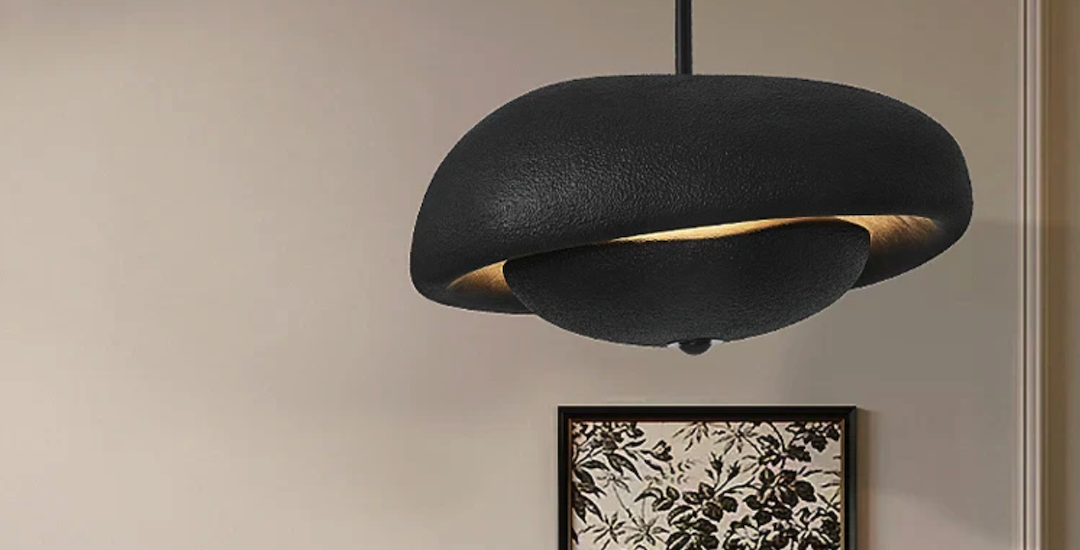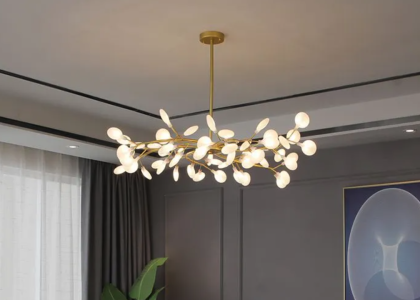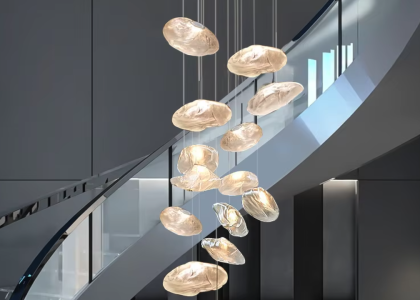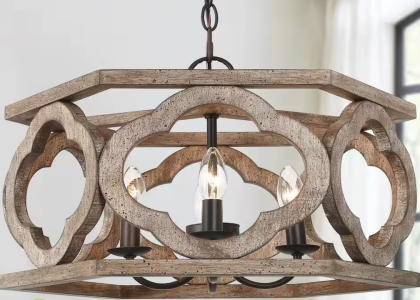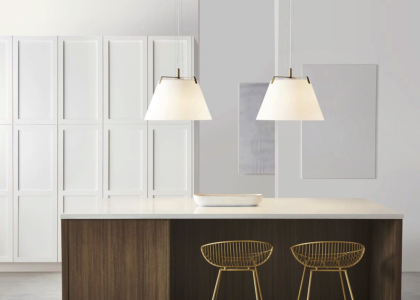Wabi-sabi is a profound aesthetic and philosophical concept rooted in Japanese culture, emphasizing the beauty found in imperfection, transience, and the natural cycle of growth and decay. It celebrates the unique characteristics of objects and experiences that are often overlooked in a world that prioritizes perfection and uniformity. The term “wabi” refers to a rustic simplicity, a sense of quietness and understated elegance, while “sabi” denotes the beauty that comes with age, wear, and the passage of time.
Together, they create a holistic appreciation for the imperfect and the ephemeral, inviting individuals to find beauty in the mundane and the flawed. This philosophy encourages a deeper connection with nature and the environment, urging individuals to embrace the natural world’s imperfections. For instance, a weathered piece of wood or a handmade ceramic bowl may exhibit irregularities that tell a story of its creation and history.
In this way, wabi-sabi fosters an appreciation for authenticity and individuality, contrasting sharply with contemporary ideals that often prioritize mass production and flawless design. By recognizing the beauty in imperfection, wabi-sabi invites us to slow down, reflect, and appreciate the transient moments of life that are often overshadowed by the pursuit of perfection.
The Zen LED Chandelier: A Modern Interpretation of Wabi-sabi
The Zen LED Chandelier Martliving embodies the principles of wabi-sabi through its design and functionality. This modern lighting fixture marries contemporary technology with traditional aesthetics, creating a harmonious balance that resonates with the philosophy of imperfection. Crafted with organic shapes and materials that evoke a sense of nature, the chandelier serves as a focal point in any space while simultaneously promoting a sense of tranquility.
Its design often features asymmetrical lines and soft curves, reflecting the natural forms found in the environment rather than rigid geometric shapes. Incorporating LED technology into its design not only enhances energy efficiency but also allows for a softer, more diffused light that complements the wabi-sabi ethos. The warm glow emitted by the chandelier creates an inviting atmosphere, encouraging relaxation and contemplation.
This modern interpretation of wabi-sabi transcends mere aesthetics; it embodies a lifestyle choice that values sustainability and mindfulness. By integrating such a piece into interior spaces, one can cultivate an environment that honors both tradition and innovation, inviting guests to experience the beauty of imperfection in their surroundings.
Creating an Artful Ambiance: How the Chandelier Enhances Restaurant Decor
In the context of restaurant decor, the Zen LED Chandelier plays a pivotal role in shaping the overall ambiance. Lighting is one of the most critical elements in creating an inviting atmosphere that enhances the dining experience. The chandelier’s design not only serves as a visual centerpiece but also influences how patrons perceive their surroundings.
The soft illumination provided by the chandelier can transform a stark dining area into a warm, welcoming space where guests feel comfortable and at ease. Moreover, the organic shapes and natural materials used in the chandelier’s construction resonate with diners on a deeper level. As they sit beneath its gentle glow, they are reminded of nature’s beauty and simplicity, which can enhance their overall dining experience.
The interplay of light and shadow created by the chandelier adds depth to the restaurant’s decor, allowing for a dynamic visual experience that evolves throughout the evening as natural light fades. This thoughtful integration of lighting design not only elevates the aesthetic appeal but also fosters a sense of connection among diners, encouraging them to engage more fully with their meals and each other.
Embracing Simplicity: The Minimalist Design of the Chandelier
The minimalist design of the Zen LED Chandelier aligns seamlessly with wabi-sabi principles by emphasizing simplicity and functionality over excessive ornamentation. In an age where maximalism often dominates design trends, this chandelier stands out by embodying restraint and elegance. Its clean lines and understated form allow it to blend effortlessly into various interior styles while still making a statement.
This approach to design reflects a growing appreciation for minimalism in contemporary spaces, where less is often more. By stripping away unnecessary embellishments, the chandelier invites viewers to focus on its essential qualities—its shape, texture, and light. This minimalist aesthetic encourages mindfulness, prompting individuals to appreciate each element without distraction.
In restaurant settings, this simplicity can create a serene environment conducive to conversation and connection. Guests are drawn to the beauty of their surroundings without feeling overwhelmed by visual clutter, allowing them to savor their dining experience fully.
The Importance of Lighting in Restaurant Ambiance
Lighting is an essential component of restaurant ambiance that significantly influences diners’ moods and perceptions. The right lighting can enhance flavors, create intimacy, and set the tone for an entire dining experience. In contrast, harsh or overly bright lighting can detract from the enjoyment of a meal, making it feel sterile or uninviting.
Therefore, thoughtful consideration must be given to how lighting is utilized within a restaurant space. The Zen LED Chandelier exemplifies how effective lighting can transform an environment. Its ability to provide soft, diffused light creates an inviting atmosphere that encourages relaxation and enjoyment.
Additionally, adjustable brightness levels allow restaurateurs to tailor the lighting to different times of day or specific events, further enhancing the dining experience. For instance, during dinner service, a warmer light can create an intimate setting perfect for romantic dinners or celebratory gatherings. In contrast, brighter settings during lunch can foster a more energetic atmosphere conducive to socializing or business meetings.
Incorporating Zen Philosophy into Restaurant Design
Incorporating Zen philosophy into restaurant design goes beyond mere aesthetics; it involves creating an environment that promotes mindfulness and tranquility. This approach encourages restaurateurs to consider how every element—from layout to decor—contributes to the overall experience of their guests. By embracing principles such as simplicity, natural materials, and harmonious design, restaurants can cultivate spaces that resonate with patrons on multiple levels.
The Zen LED Chandelier serves as an ideal representation of this philosophy within restaurant design. Its organic forms and gentle illumination align with Zen principles by fostering a sense of calmness and connection to nature. Additionally, incorporating elements such as natural wood finishes, stone accents, and greenery can further enhance this tranquil atmosphere.
By creating spaces that encourage reflection and appreciation for the present moment, restaurants can offer diners not just a meal but an experience that nourishes both body and soul.
The Role of Wabi-sabi in Japanese Aesthetics
Wabi-sabi plays a crucial role in shaping Japanese aesthetics, influencing everything from architecture to art and design. This philosophy encourages an appreciation for natural materials and craftsmanship while celebrating the beauty found in imperfection. Traditional Japanese tea ceremonies exemplify this concept; they emphasize simplicity and mindfulness through carefully curated experiences that highlight the beauty of everyday objects.
In architecture, wabi-sabi manifests through structures that harmonize with their surroundings rather than dominate them. Buildings often feature natural materials like wood and stone that age gracefully over time, embodying the principles of transience and impermanence. Similarly, in art forms such as pottery or calligraphy, imperfections are embraced as integral aspects of creativity rather than flaws to be corrected.
This deep-rooted appreciation for authenticity fosters a cultural landscape where individuality is celebrated, allowing for diverse expressions of beauty.
The Impact of Wabi-sabi on the Dining Experience
The impact of wabi-sabi on the dining experience is profound; it invites diners to engage more deeply with their meals and surroundings. By embracing imperfection and transience within restaurant design—through elements like decor, lighting, and even food presentation—restaurants can create an atmosphere that encourages mindfulness and appreciation for each moment spent at the table. When diners are surrounded by elements that reflect wabi-sabi principles—such as handcrafted dishes or rustic furnishings—they are more likely to slow down and savor their meals rather than rushing through them.
This shift in perspective transforms dining from a mere act of consumption into an artful experience filled with meaning and connection. As guests engage with their environment on multiple sensory levels—through sight, touch, taste—they become more attuned to the flavors and textures of their food, enhancing their overall enjoyment. In conclusion, wabi-sabi offers valuable insights into creating meaningful dining experiences that resonate with guests on both aesthetic and emotional levels.
By integrating this philosophy into restaurant design through elements like the Zen LED Chandelier, restaurateurs can cultivate spaces that celebrate imperfection while fostering connection among diners—a true reflection of life’s fleeting beauty.


